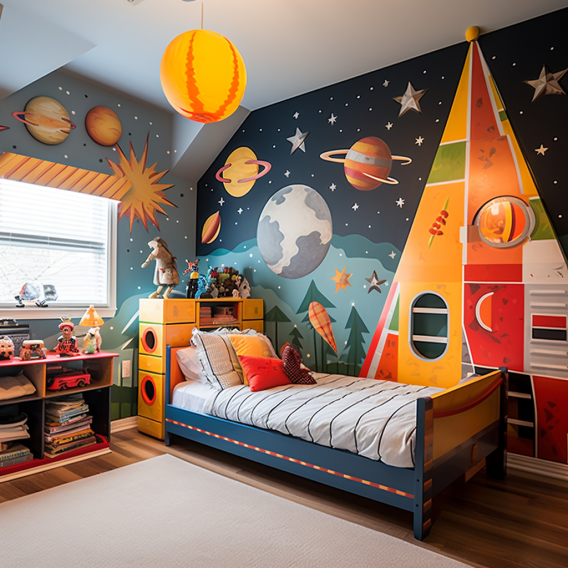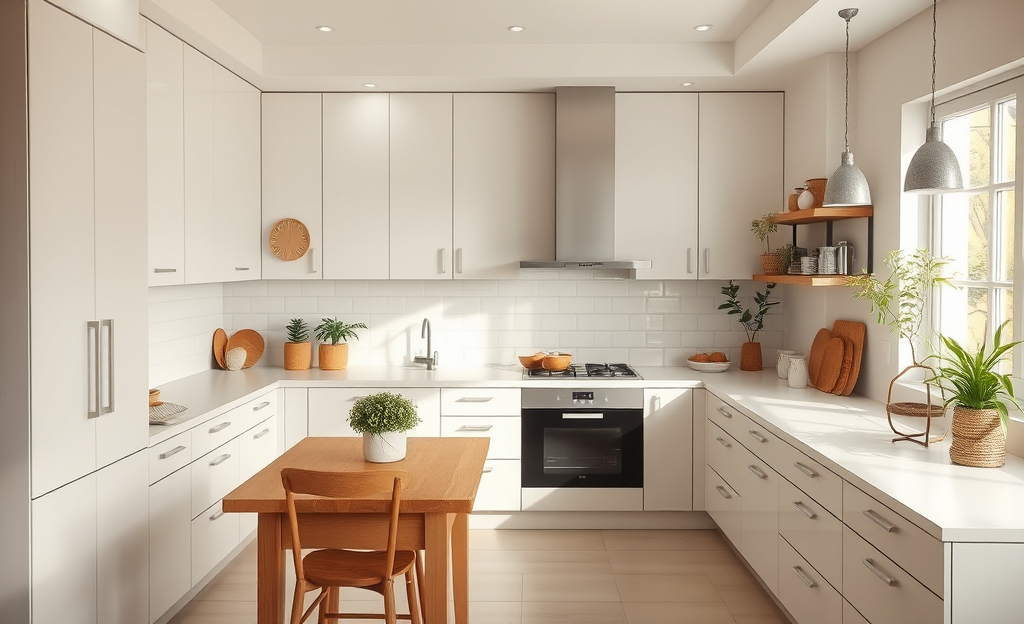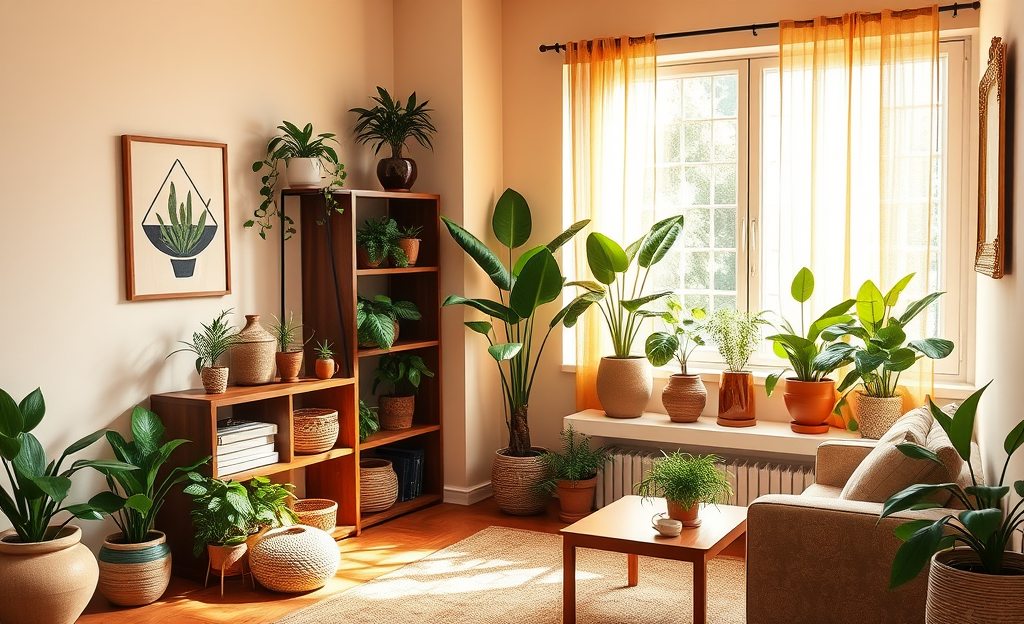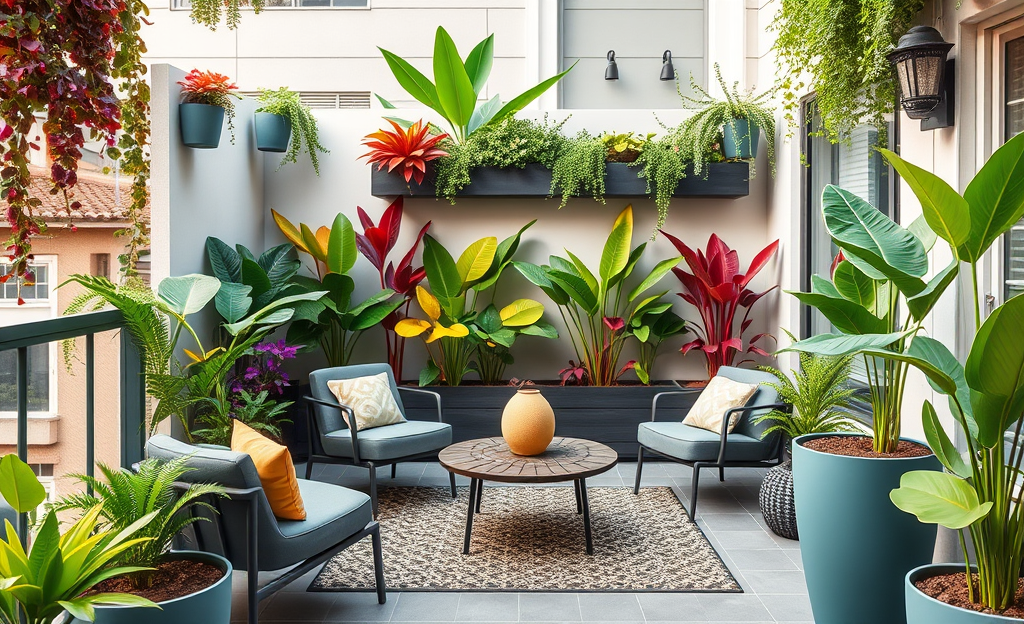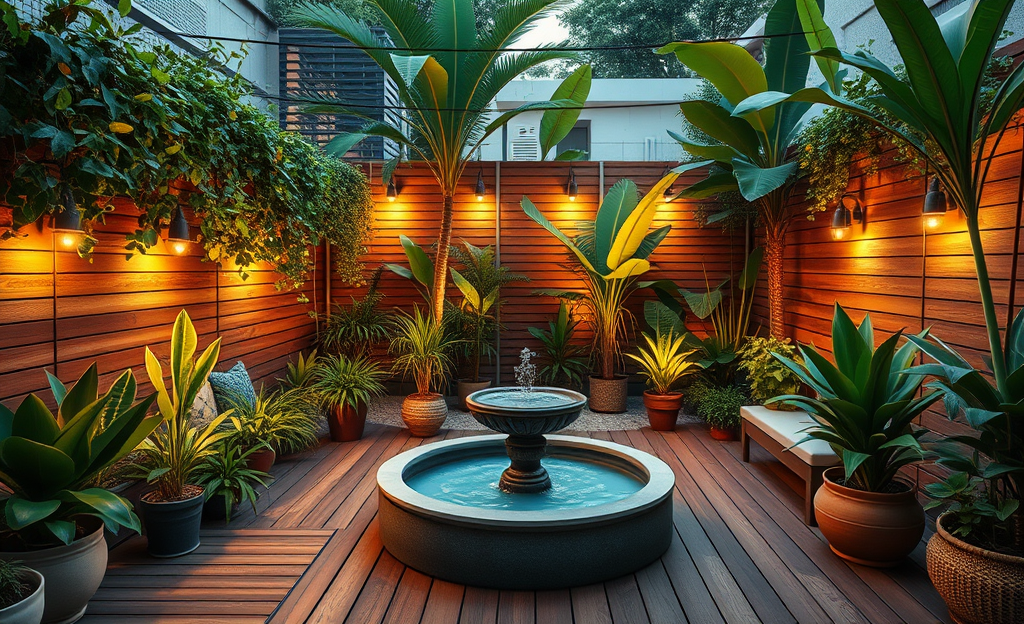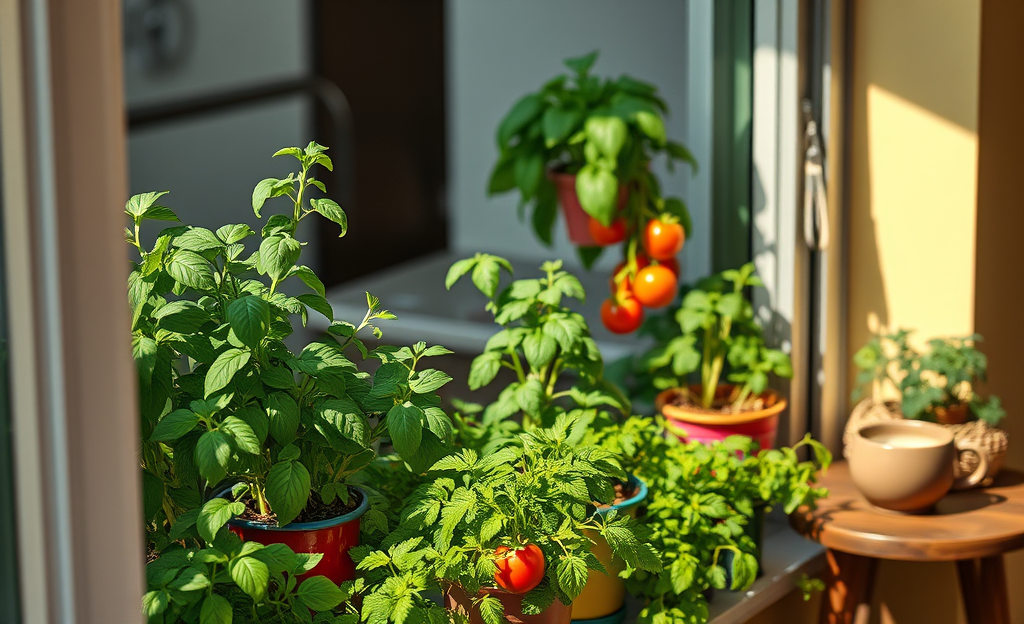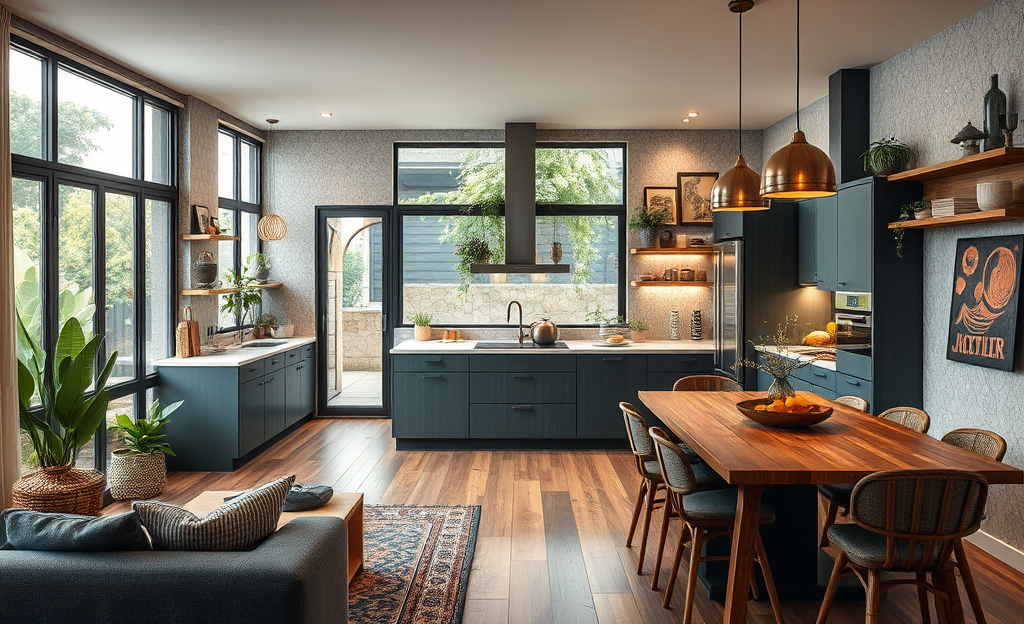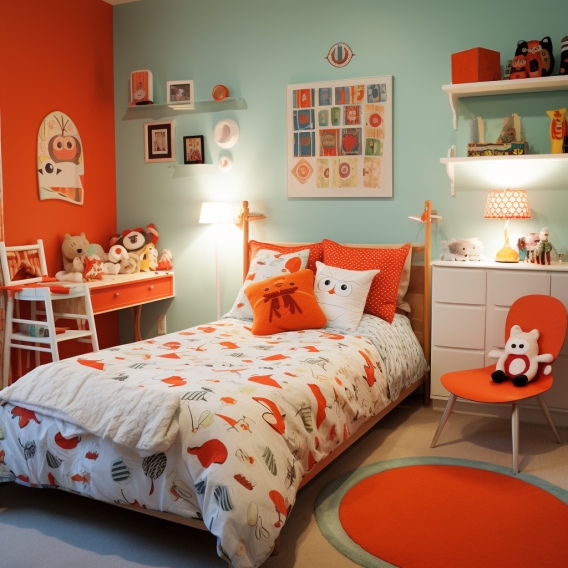
When it comes to designing a child’s bedroom, color plays a crucial role in setting the mood and atmosphere. Each color has its own psychological impact, affecting a child’s emotions, behavior, and overall well-being. In this guide, we’ll explore the fascinating world of color psychology and help you choose the perfect hues for your kids’ bedrooms.
1. Calming Blue
Blue is often associated with serenity, making it an excellent choice for bedrooms. Light shades of blue, such as sky blue or aqua, create a calming and peaceful environment. Blue can help reduce anxiety and promote relaxation, making it ideal for children’s bedrooms, especially those who have trouble falling asleep.
2. Cheerful Yellow
Yellow is the color of sunshine and happiness. It can bring energy and positivity to a room. Soft pastel yellows can create a cheerful and inviting atmosphere, while brighter yellows can stimulate creativity and playfulness. Yellow is an excellent choice for nurseries and playrooms.
3. Tranquil Green
Green symbolizes nature and tranquility. It’s a versatile color that can be both calming and refreshing. Soft greens like sage or mint can promote relaxation and focus, making them suitable for bedrooms and study areas. Green also encourages a connection with nature, which can be beneficial for a child’s development.
4. Soothing Lavender
Lavender is a soothing and gentle color that often represents relaxation and mindfulness. It’s an ideal choice for creating a peaceful bedtime environment. Lavender can help lower heart rates and reduce stress, making it a suitable color for children who have trouble winding down at night.
5. Energetic Red
Red is a bold and energetic color that can stimulate excitement and passion. However, it’s important to use red sparingly in a child’s bedroom, as too much red can be overwhelming. Consider using red as an accent color in decor elements like bedding, rugs, or wall art to add a touch of vibrancy.
6. Creative Orange
Orange is a warm and creative color that can inspire imagination and enthusiasm. It’s a great choice for play areas or art corners within a bedroom. Soft shades of orange, such as peach or apricot, can create a cozy and inviting atmosphere.
7. Tranquil Gray
Gray is a neutral color that can serve as a sophisticated backdrop for other vibrant hues. It’s a versatile choice that can adapt as your child grows. Gray promotes a sense of balance and neutrality, making it suitable for a variety of bedroom styles.
8. Earthy Brown
Brown represents stability and a connection to the earth. It can create a warm and grounding atmosphere. Use brown in combination with other colors to add depth and coziness to the room. Consider natural wood furniture or decor elements to complement brown hues.
9. Playful Pink
Pink is often associated with sweetness and femininity. While it’s a popular choice for girls’ bedrooms, it can also work well as an accent color in shared spaces. Soft pink promotes feelings of tenderness and comfort.
10. Versatile Neutrals
Neutral colors like beige, ivory, and white provide a clean and timeless canvas for a child’s bedroom. They can easily adapt to changing preferences and decor themes. Neutrals create a sense of simplicity and elegance in the room.
When choosing colors for your kids’ bedrooms, consider your child’s personality, age, and preferences. Creating a harmonious color scheme can contribute to a positive and nurturing environment where your child can thrive and feel at ease.

